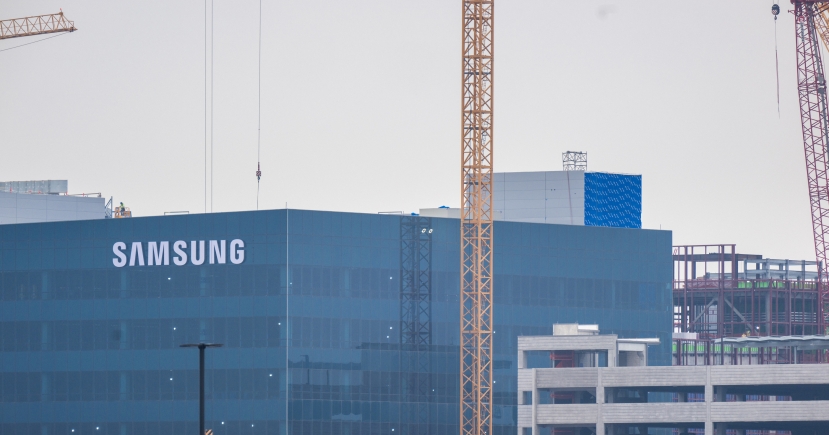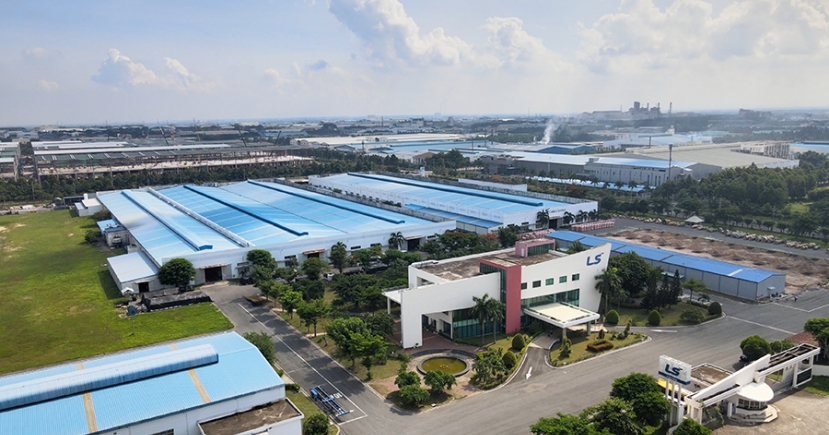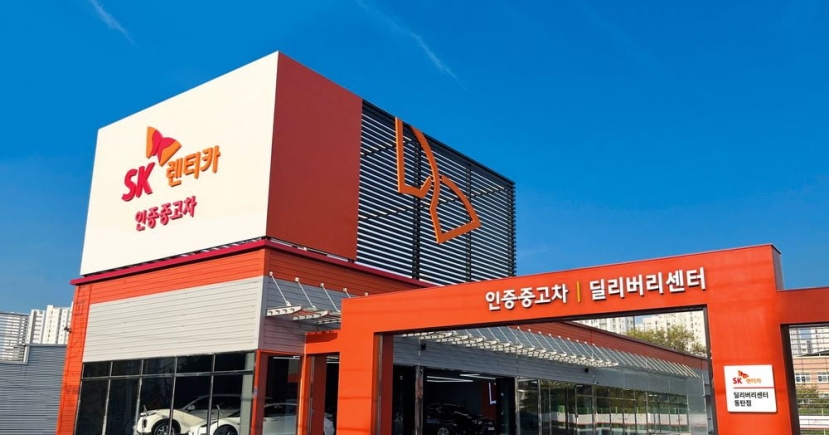Market Now
[Hydrogen Korea] Korea Shipbuilding looks to turn hydrogen leaks into power source
 |
Korea Shipbuilding & Offshore Engineering Vice President Yoo Byeong-yong speaks in an interview with The Korea Herald. (KSOE) |
Chill hydrogen to liquid at minus 253 degrees Celsius and the volume shrinks to one-eight-hundredth of its size. As hydrogen is too bulky as a gas, liquidating it is being looked at for transportation.
But there is a problem: Under normal storage, liquid hydrogen boils off at the rate of 2-3 percent a day. By the time it arrives at Korean shores, as much as 20-30 percent of the tank would be empty.
For South Korea, the evaporation issue is a major one, as the Asia’s No. 4 economy plans to import most of its hydrogen. In 2050, the country’s demand for carbon-neutral hydrogen will explode to 27 million metric tons, but only 5 million tons will be produced at home. The remaining 22 million tons will have to be shipped in from overseas. Hydrogen can be made by passing electricity through water or converting natural gas, but Korea lacks a domestic source of natural gas and its geographic landscape means it cannot generate enough renewable energy to rely on electrolysis.
Yoo Byeong-yong, vice president at Korea Shipbuilding & Offshore Engineering, a shipbuilding unit of Korea’s eighth-largest conglomerate Hyundai Heavy Industries Group, says that the leakage problem of liquid hydrogen faces a technological dilemma.
“Containing liquid hydrogen inside a thick tank can apply pressure and prevent leakage, like a pressure cooker, but it would increase the weight of the ship and drive up the costs,” the 47-year-old executive said.
According to Yoo, who received bachelor’s, master’s and doctorate degrees in naval architecture engineering at Seoul National University, when liquid hydrogen is put inside a thin tank, it boils away furiously like water inside a kettle. To stop it from exploding, hydrogen has to be released through tiny holes.
“Capturing leaked hydrogen and turning it back into liquid requires helium gas, which is expensive. Also, the whole process consumes too much electricity. It’s just unfeasible,” Yoo said.
“Instead of recapturing, KSOE is considering a technology that uses the leaked hydrogen as a fuel to generate power with hydrogen fuel cells.”
KSOE is currently developing a liquid hydrogen carrier that is powered by fuel cells. Its goal is to introduce the world’s first large-sized liquid hydrogen carrier by 2027. In October last year, the firm was granted the world’s first approval for the design of a commercial liquefied carrier from the Korean Register of Shipping.
According to global classification body DNV, the liquid hydrogen carrier market is expected to take off starting 2030. The number of orders for liquid hydrogen carriers is expected to spike from nine in 2030 to 51 in 2040.
To take the initiative, KSOE aims to complete the standardization of liquid hydrogen carriers with the KRS by next year and submit it to the International Maritime Organization.
The technology to capture and liquidate leaked hydrogen is owned by European companies such as Air Liquide of France. By developing a liquid hydrogen carrier that doesn’t need such technology, KSOE is expected to save hundreds of millions of dollars in royalties.
Though Korean shipbuilders controlled more than 72 percent of the global liquefied natural gas carrier market last year, they borrowed key technologies from the French company GTT and owed it massive fees. An LNG carrier costs about 200 billion won ($167.8 million), and GTT typically receives a 5 percent cut in royalties.
“Retrieving leaked LNG and liquidating it with GTT’s technology is actually profitable, but that’s because LNG is liquidated at minus 163 degrees Celsius. It doesn’t work for liquid hydrogen, which turns into liquid at minus 253 degrees Celsius, just 20 degrees above absolute zero of minus 273 degrees Celsius,” Yoo said.
KSOE seems to have it all figured out, but another critical issue persists -- infrastructure. Even if KSOE’s liquid hydrogen carrier successfully ships the cargo, there has to be necessary infrastructure on land, such as underground pipelines for liquid hydrogen.
According to Yoo, even in regions where liquid hydrogen infrastructure hasn’t been established, it won’t be much of an issue.
“If you look closer at the concept image of our liquid hydrogen carrier, there are five fuel pumps. The original design had three pumps, but we added two more. The two pumps will convert liquid hydrogen into gas and shoot it directly to hydrogen tube trailers.”
By Kim Byung-wook (kbw@heraldcorp.com)








